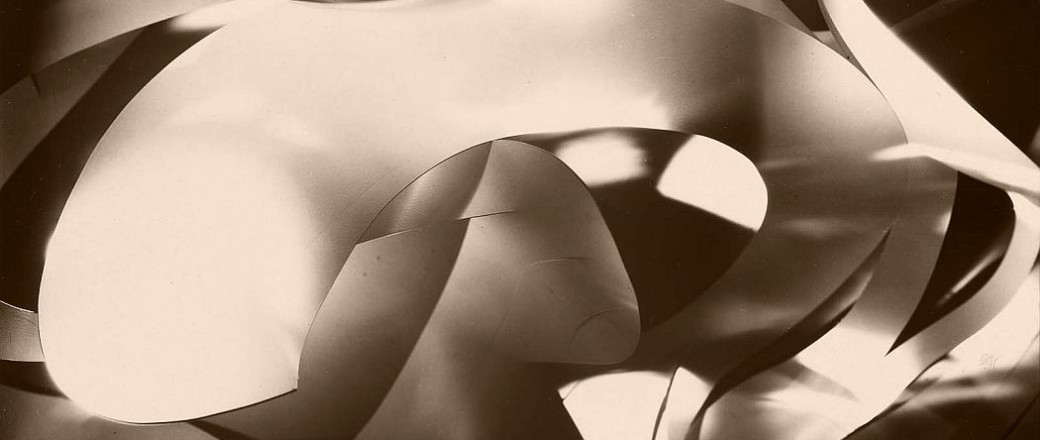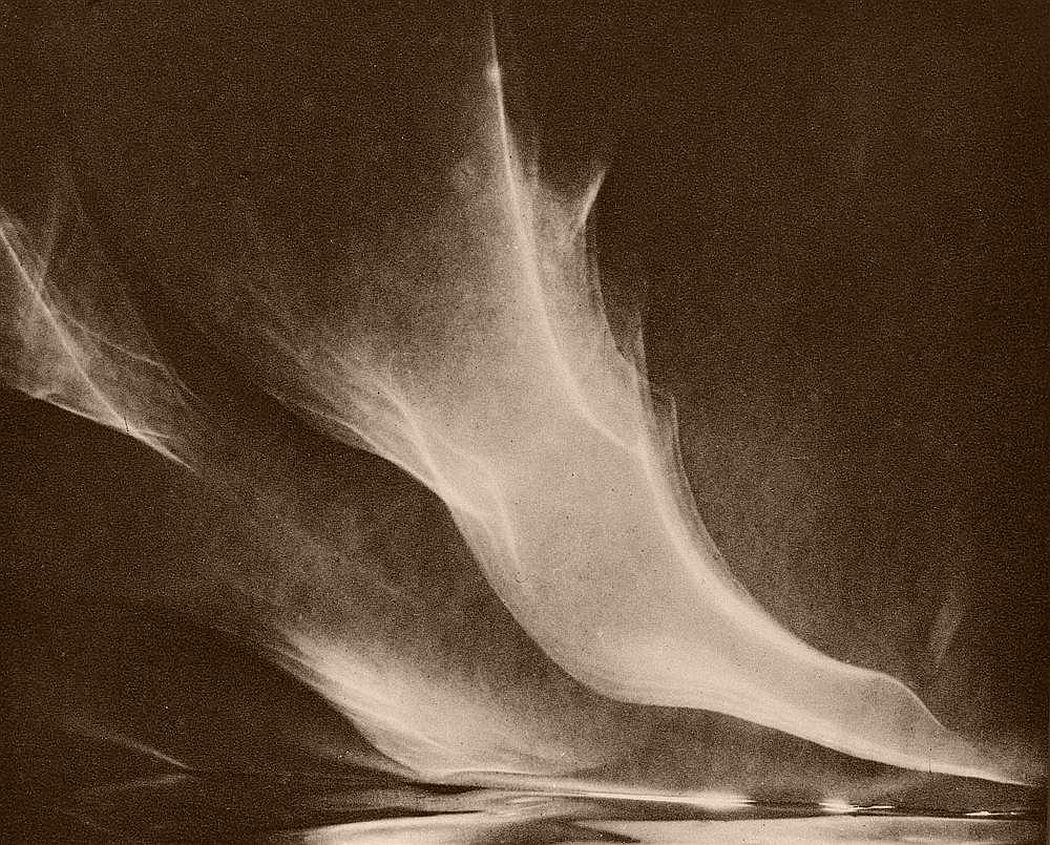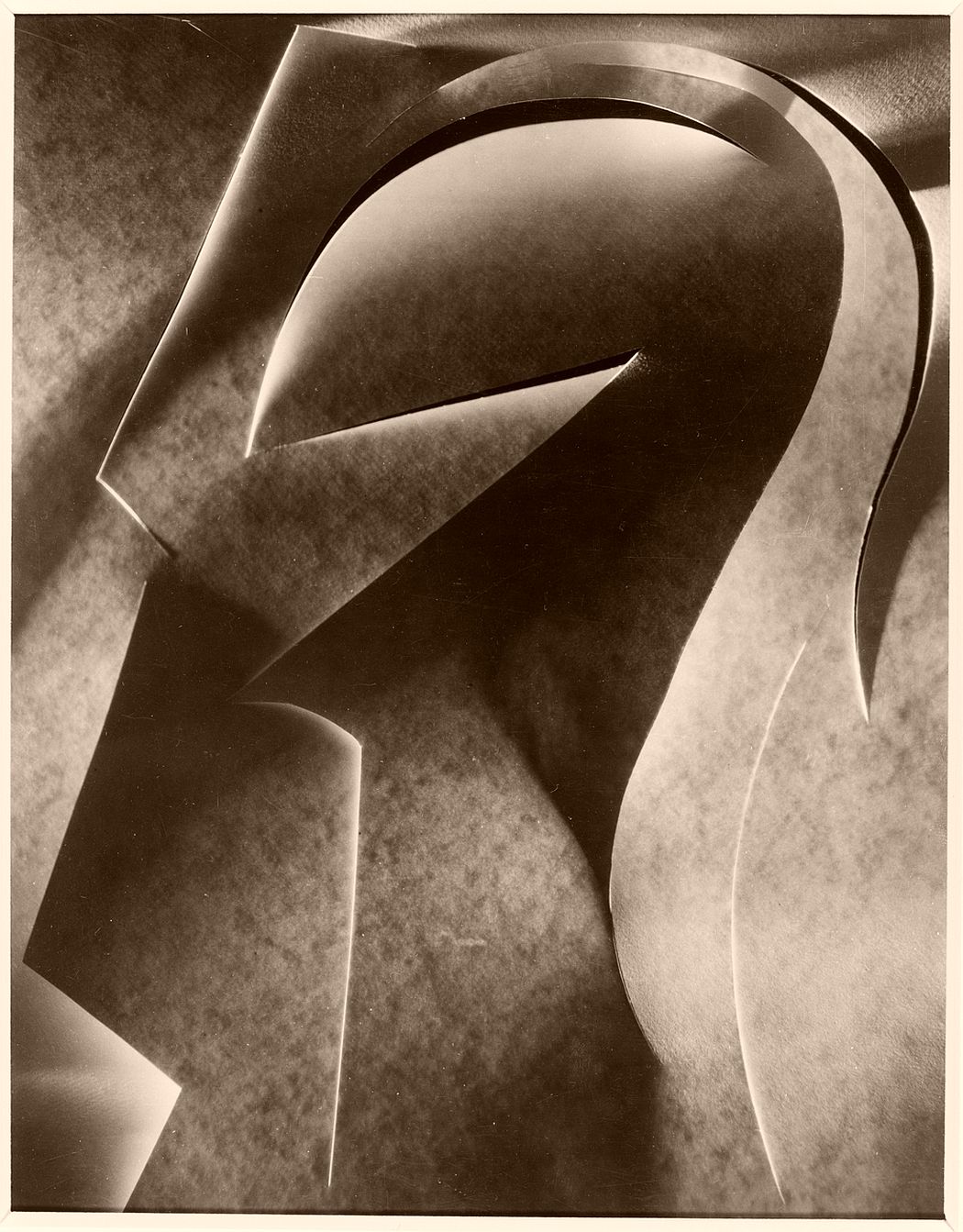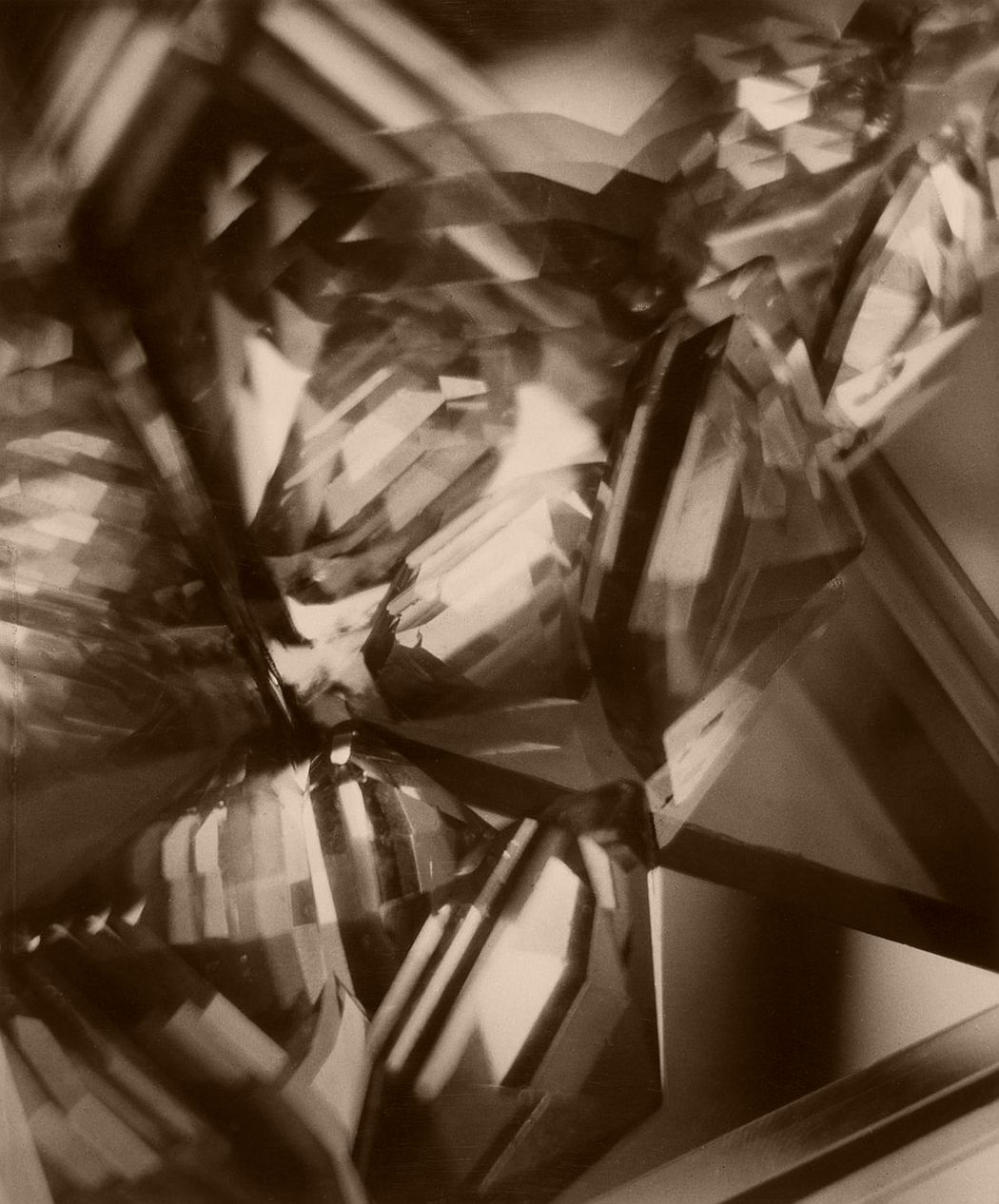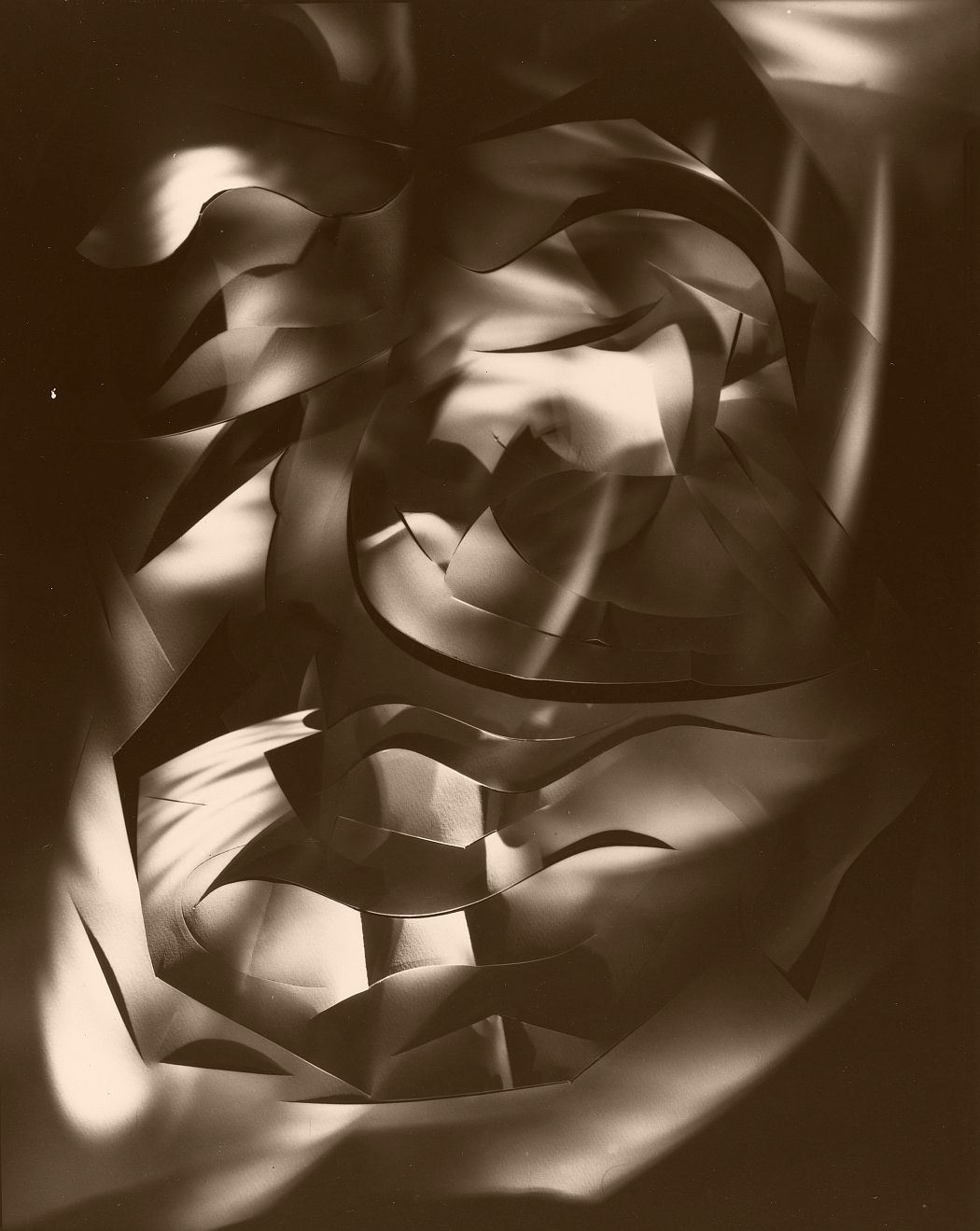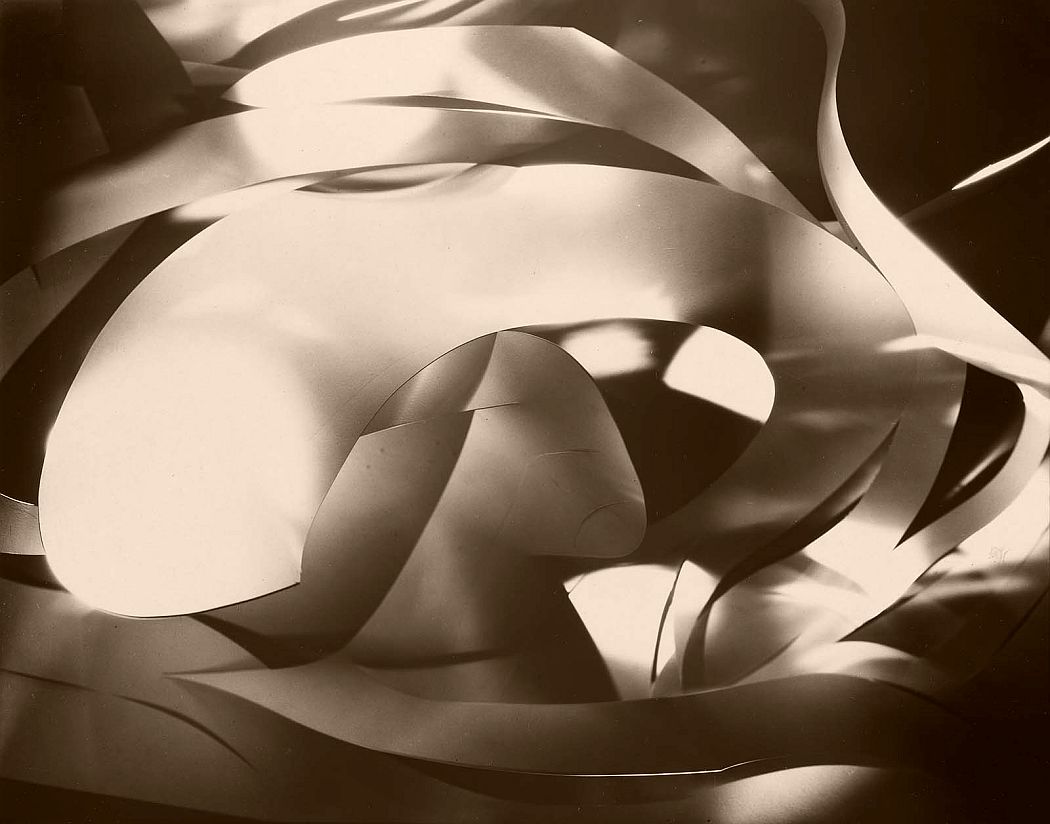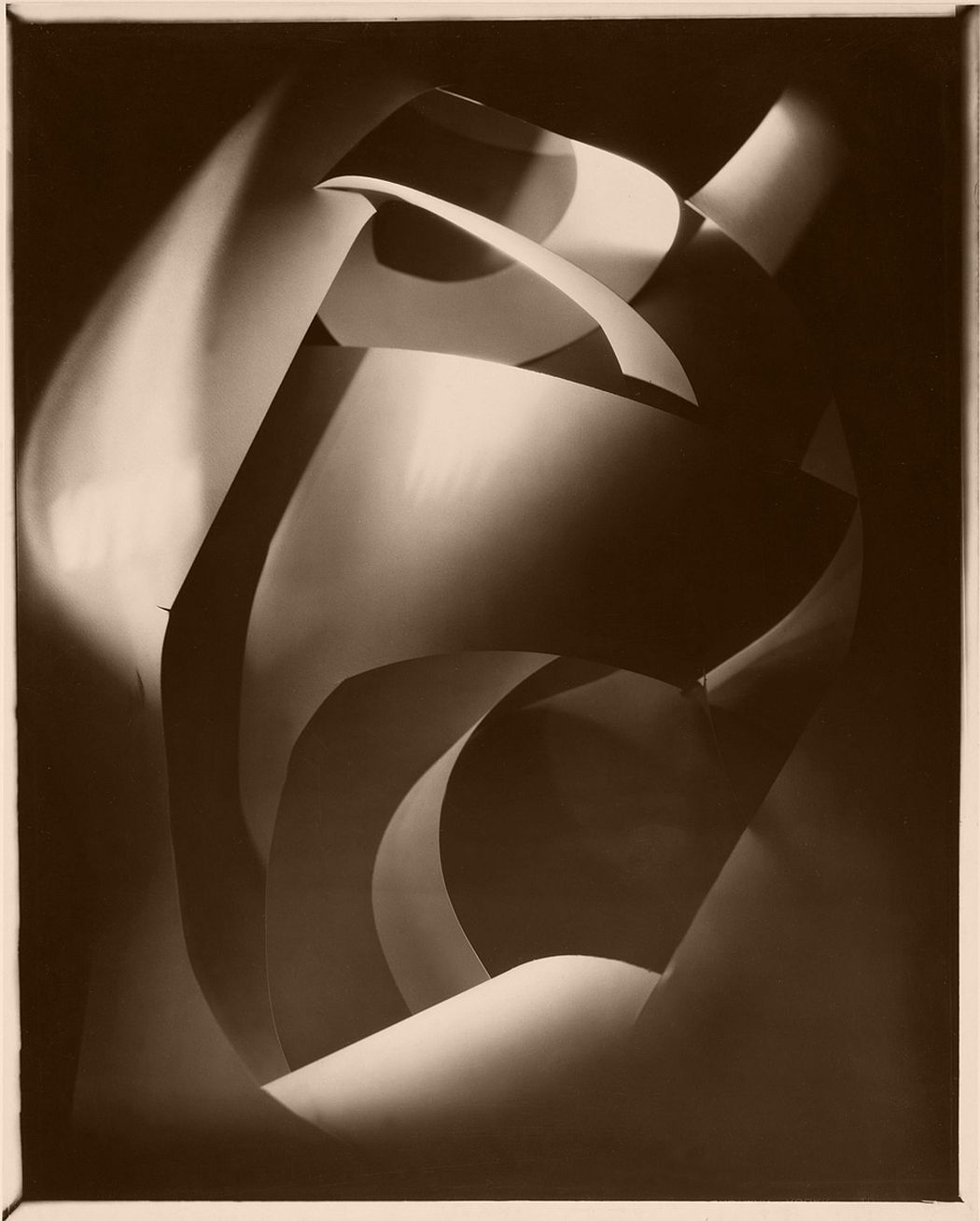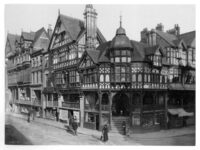Francis Bruguière (1879-1945) was an American photographer. He was born in San Francisco to a wealthy banking family and was privately educated. In 1905 he travelled to New York where he met and became friends with Frank Eugene and Alfred Stieglitz. Eugene encouraged Bruguière to investigate the aesthetic possibilities of photography, and Stieglitz accepted him as a member of the Photo-Secession, though Bruguière remained on the fringes of the movement.
Returning to San Francisco in 1906, Bruguière devoted himself professionally to photography, opening a portrait studio.
In 1919 he moved to New York and established a studio. He began photographing for Vanity Fair, Vogue, and Harper’s Bazaar. His interest in the theater led Bruguière to the Theater Guild, where he became the official photographer. In his personal work he continued experiments with multiple exposure images, eventually producing a body of work intended
for a film, The Way, in collaboration with the dancer Sebastian Droste. The film was never completed because of Droste’s death.
In 1928 Bruguière moved to London. Here he started a new series of abstractions and produced the first British abstract film, Light Rhythm. He also continued working in commercial photography incorporating contemporary design into his illustrations. Bruguière abandoned photography in 1937 to concentrate on painting and sculpture until his death in 1945.

